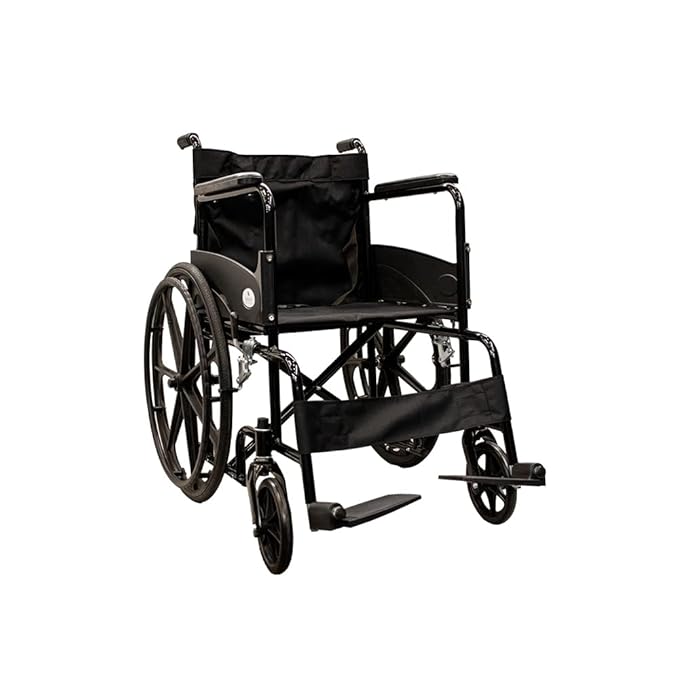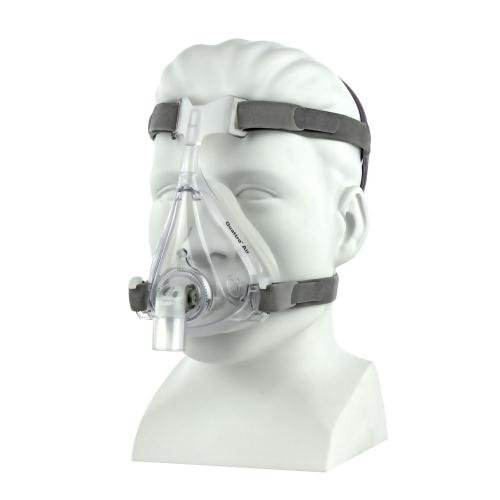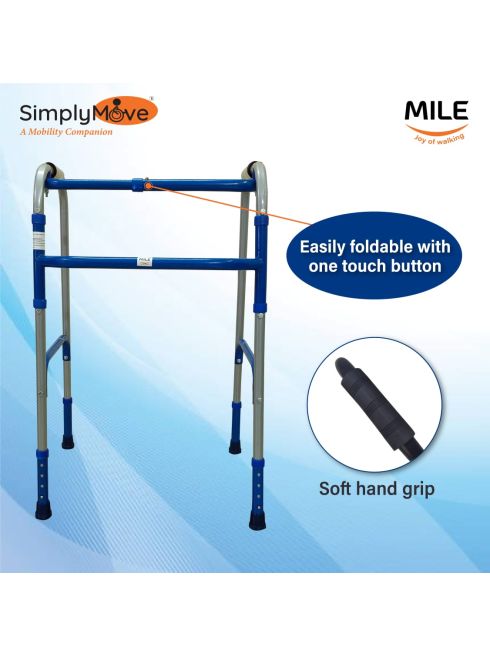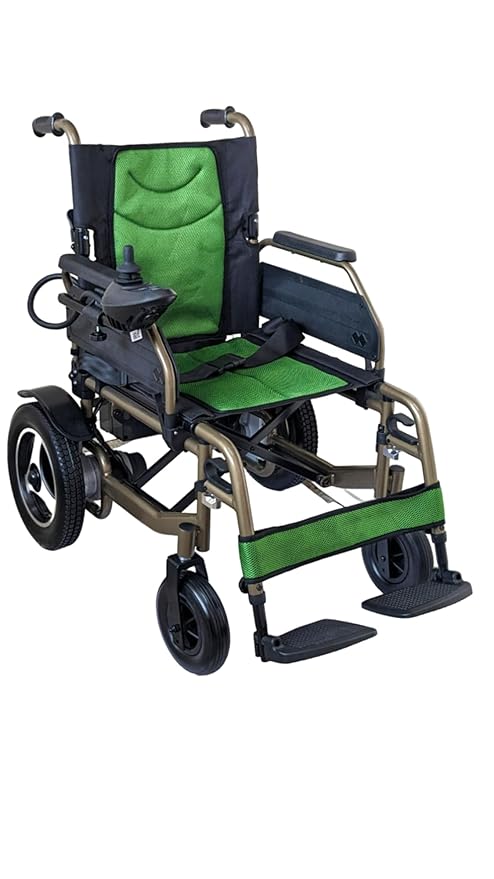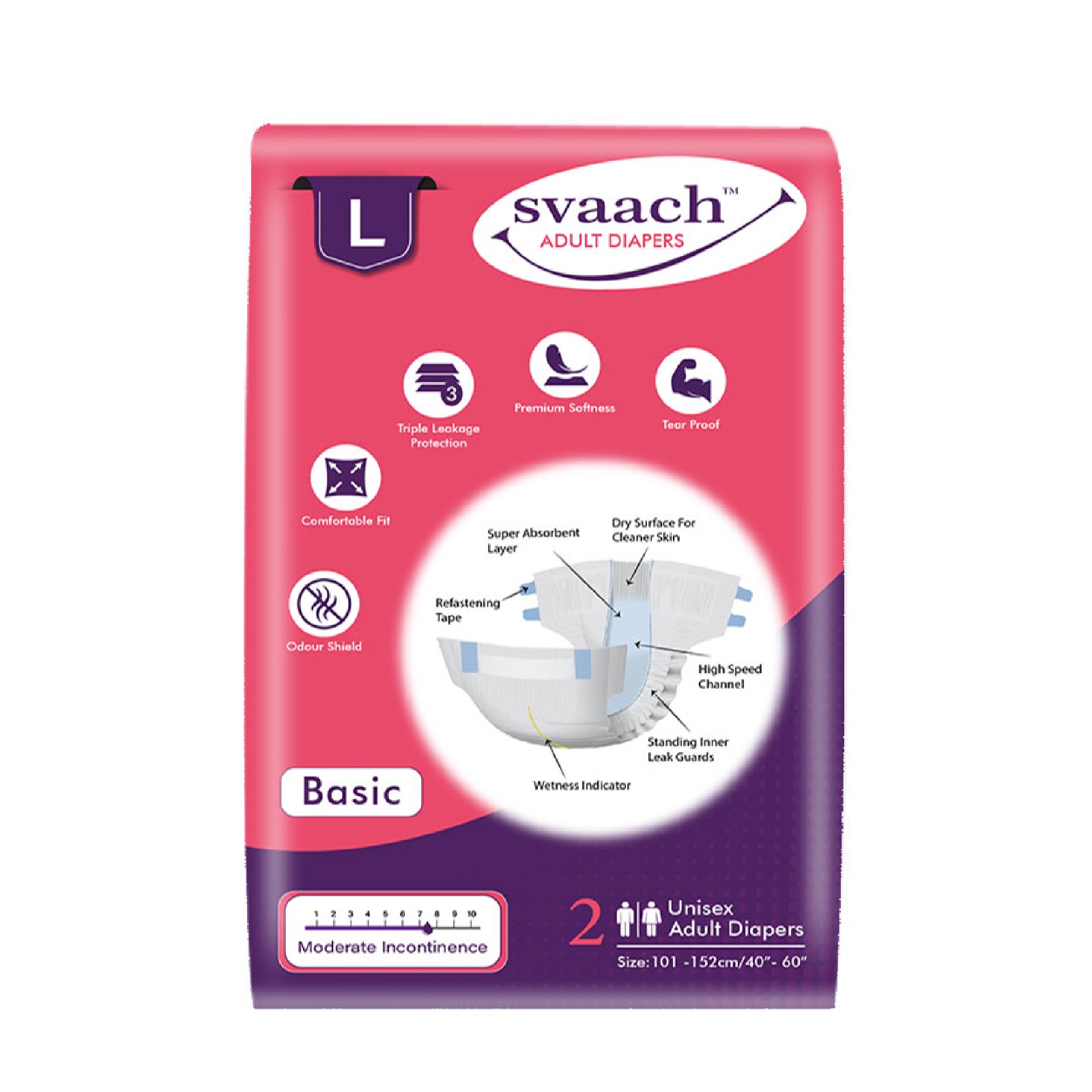The cultural landscape surrounding beauty standards is constantly evolving. Aesthetic surgery has become increasingly popular in recent years, particularly among women. While the desire to enhance one’s appearance is a natural human impulse, navigating the world of cosmetic procedures requires careful consideration. This article aims to empower women with knowledge, enabling them to make informed decisions about aesthetic surgery by exploring the common procedures, potential risks and benefits, and the crucial role of education and qualified surgeons.
Demystifying Common Procedures
Several aesthetic surgeries consistently rank among the most popular choices for women. Here’s a breakdown of three frequently sought-after procedures:
- Breast Augmentation: This procedure involves increasing the size and/or fullness of the breasts using implants or fat transfer. Implants come in various shapes, sizes, and materials; the choice depends on individual anatomy and desired outcome. Breast augmentation is a common procedure that many specialists can accommodate safely.
- Liposuction: Liposuction removes excess fat deposits from targeted areas of the body, such as the abdomen, thighs, and buttocks. Different liposuction techniques exist, each with varying levels of invasiveness and recovery times.
- Rhinoplasty: Commonly known as a nose job, rhinoplasty can reshape the nose by altering the bone, cartilage, skin, or a combination of these. It can address concerns about size, shape, asymmetry, or breathing difficulties.
Understanding the technical aspects of these procedures is just the first step. Evaluating potential risks and benefits is crucial to the decision-making process.
Weighing the Risks and Benefits
Risks
Aesthetic surgery, like any medical procedure, carries inherent risks. These can be broadly categorized into:
- Medical Complications: Infection, bleeding, anesthesia reactions, scarring, and blood clots are potential risks associated with any surgery.
- Psychological Impacts: Unsatisfactory results, unrealistic expectations, and difficulty adjusting to the new appearance can lead to emotional distress. Before embarking on this path, it’s essential to have realistic goals and a healthy body image.
Benefits
Despite the risks, aesthetic surgery can offer a range of potential benefits:
- Increased Self-Esteem: For some women, achieving a desired appearance can boost confidence and self-esteem, leading to a more positive self-image.
- Improved Body Image: Certain procedures can address physical concerns that significantly impact a woman’s relationship with her body. This can improve overall well-being.
It’s important to remember that these benefits are subjective and vary from person to person. A critical self-evaluation is essential to determine whether the potential benefits outweigh the risks in your situation.
Education is Key
Aesthetic surgery isn’t a magic bullet for self-esteem or body image issues. True beauty radiates from confidence and inner peace. Explore non-surgical avenues like exercise, healthy eating, and positive self-talk to cultivate a healthy relationship with your body. If, after careful consideration and addressing any underlying concerns with a therapist, you still desire aesthetic surgery, prioritize your well-being.
Choose a board-certified surgeon with extensive experience in your desired procedure, someone who listens to your goals and concerns and with whom you feel comfortable. Remember, the decision is deeply personal. Empower yourself with knowledge, prioritize your mental health, and approach this journey with realistic expectations. By doing so, you can make an informed choice that aligns with your unique goals for self-enhancement.
Finding the Right Surgeon
Selecting a qualified board-certified plastic surgeon is paramount. Here’s what to consider:
- Board Certification: Verify the surgeon’s board certification by the American Board of Plastic Surgery (ABPS) to ensure they have the necessary training and expertise.
- Experience: Seek a surgeon who has extensive experience performing the specific procedure you’re considering. Experience translates to greater proficiency and improved outcomes.
- Consultation: Schedule thorough consultations with multiple surgeons. Discuss your goals, expectations, and medical history openly during these consultations.
- Before and After Photos: Review the surgeon’s portfolio of before-and-after photos critically, focusing on results that align with your aesthetic goals.
- Comfort Level: Trust your instincts! Choose a surgeon with whom you feel comfortable and confident discussing your concerns and expectations.
Remember, price shouldn’t be the primary deciding factor. Choose a surgeon based on their qualifications and experience, not just the cost.
The Role of Social Media and Body Positivity
The rise of social media has significantly impacted beauty standards and perceptions of aesthetic surgery. While social media platforms can be a source of inspiration, they often portray unrealistic and heavily edited images. This can lead to distorted self-perception and constant pressure to achieve a certain aesthetic.
The body positivity movement counters these unrealistic portrayals. It encourages self-acceptance and celebrates diverse body types. Considering the influence of social media, it’s crucial to follow accounts that promote body positivity and realistic beauty standards. This can help cultivate a healthier body image and make informed decisions about aesthetic surgery.
Non-Surgical Alternatives to Consider
Before committing to surgery, exploring non-surgical alternatives can be a wise first step. These options can help achieve similar aesthetic goals with a lower risk profile and less financial investment.
Skincare and Cosmetics
A dedicated skincare routine with high-quality products can significantly improve skin texture, tone, and appearance. Additionally, makeup artistry techniques can enhance features and create a desired look without permanent changes.
Diet and Exercise
Achieving a healthy weight through a balanced diet and regular exercise not only improves overall health but can also significantly reshape one’s body. Exercise can target specific areas of concern for muscle toning and definition.
Injectable Fillers and Neuromodulators
Fillers can add volume to areas like lips or cheeks, while neuromodulators like Botox can relax wrinkles and create a smoother appearance. These offer temporary results but can be a good option for those seeking subtle enhancements.
Financial Considerations and Long-Term Costs
Aesthetic surgery can be a significant financial investment. Beyond the initial procedure cost, consider additional expenses like anesthesia, facility fees, and post-operative care. Be wary of financing options offered by some clinics, as they can lead to high-interest debt. Always have a realistic budget in mind and explore financing options through reputable sources if necessary.
Remember, aesthetic surgery is not a one-time expense. Certain procedures, like breast implant replacements, require ongoing costs. When considering the financial commitment, factor in potential future touch-ups or revision surgeries.
Legal and Ethical Considerations
Aesthetic surgery is a medical procedure with inherent risks. Understanding the legal and ethical considerations is crucial. Here are some points to ponder:
- Informed Consent: The surgeon will provide an informed consent document outlining the procedure’s risks, benefits, and potential complications. Read it carefully and ask any questions you may have before signing.
- Board Certification: Always ensure your chosen surgeon is board-certified by the American Board of Plastic Surgery (ABPS). This guarantees they have undergone rigorous training and possess the necessary qualifications.
- Ethical Practices: Be wary of clinics offering aggressive marketing or unrealistic promises. A reputable surgeon will prioritize your safety and well-being over financial gain.
Recovery and Post-Operative Care
Recovery from aesthetic surgery varies depending on the procedure, but it’s essential to approach it seriously. Diligently following your surgeon’s post-operative instructions is crucial for optimal healing and minimizing the risk of complications. This might involve pain medication, wearing compression garments, restricted activity, and proper wound care.
Recovery is not just physical; emotional well-being is equally important. Adjusting to a new appearance can be challenging. Consider having a support system in place, whether it’s friends, family, or a therapist, to help navigate any emotional ups and downs during recovery.
Long-Term Effects and Maintaining Results
Aesthetic surgery results are not permanent. Aging, weight fluctuations, and sun exposure can all impact the longevity of the outcome. Understanding these long-term effects is essential.
- Maintaining a Healthy Lifestyle: A healthy lifestyle with proper diet and exercise can help maintain the results of your surgery for a longer duration.
- Revision Surgery: Depending on the procedure, future touch-up procedures or even revision surgery might be necessary. Factor in this possibility when considering the long-term commitment of aesthetic surgery.
- Open Communication with Your Surgeon: Maintain open communication with your surgeon throughout the process. Discuss any concerns you have about changes in your appearance or the need for potential revision surgery.
Navigating the Safety of Aesthetic Surgeries
Ultimately, the decision to pursue aesthetic surgery is a deeply personal one. By arming yourself with knowledge, carefully considering the risks and benefits, and prioritizing your mental well-being, you can make an informed choice that aligns with your individual goals. Remember, true beauty radiates from within.
Aesthetic surgery should be a tool for self-enhancement, not a quick fix for deeper issues with self-esteem or body image. Embrace your unique beauty and explore non-surgical avenues first. If, after careful consideration, you decide to proceed, prioritize finding a qualified, experienced surgeon who prioritizes your safety and desired outcome.
*****



